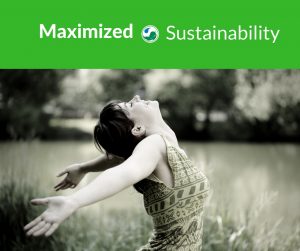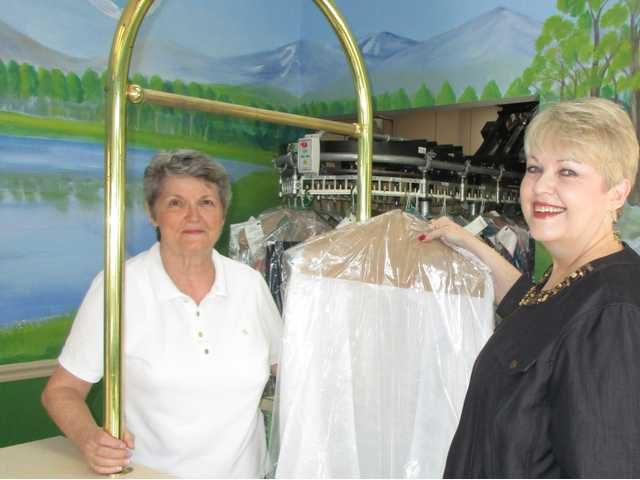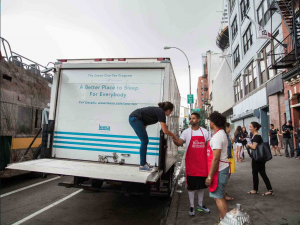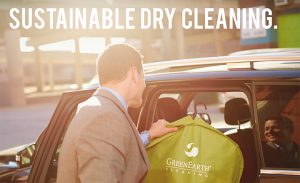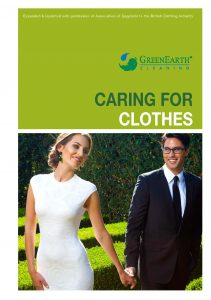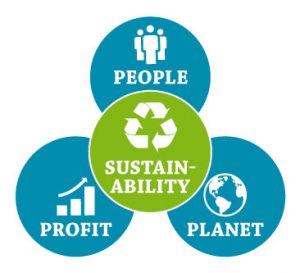
Maximized Sustainability – End To End By: Ron Benjamin
In most cases, the measure of sustainability is straightforward and addresses one step in an overall process. For example, in the dry cleaning business, people often consider the solvent in which the garments are washed as a key determination as to whether or not this step is sustainable as it relates to the environmental safety profile of the solvent.
However, a holistic view requires considering all of the steps in an end-to-end process and how each relates to people, the planet, and the on-going profitability of the entity involved. In most cases, while one step may be more sustainable than that of alternative ways to perform that step, other steps in the process may be less sustainable so that overall the end-to-end steps of the process may not result in the maximized sustainable result.
Amazon is an unusual example of changing not only the way the end-to-end steps of a process are optimized, but also of redefining the entire end-to-end steps of a process in an entirely new way. A perfect case in point of this unusual example of redefinition is their recent purchase of Whole Foods.
Given their distribution network and the way Amazon is repositioning the logistics associated with the “last mile” in delivering products to their end users, most observers saw their purchase of Whole Foods as a game changer in the grocer industry. The stock capitalization value of most traditional grocery store chains declined while the stock value of both Amazon and Whole Foods increased when this acquisition was announced in June. Certainly from a view regarding the on-going profitability/sustainability of the traditional grocery store chains, most assume this change will negatively affect the long-time traditional chains and believe more and more consumers will opt for Amazon’s grocery offering over the coming years.
And as it turns out, one can argue that it is not only the profitability piece of sustainability that Amazon will be affecting, but given the change in logistics, the effect on the environmental piece of sustainability will also be affected since less driving of individual cars and more delivery via a logistics network will put less carbon emissions into the atmosphere. And with that goes a positive effect on the human health piece of sustainability as well.
Measuring the sustainability effects of change is difficult when all aspects of the change are considered. However, we at GreenEarth always try to look at our dry cleaning technology in this holistic way and believe we can demonstrate to all who want to know that our GreenEarth Cleaners are delivering the maximized sustainability solution in our industry. We are even more proud that many outside our industry, including garment manufacturers, garment retailers, landlords, and regulators, agree with us as demonstrated by their requirements for the use of our GreenEarth technology. We pledge to continue our efforts to find ways using new technology to become even more sustainable for those we serve.






